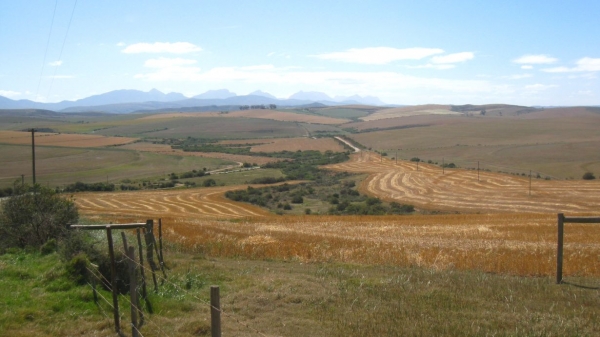Doubling food production, saving water, and increasing carbon storage capacity – this may sound paradoxical, but would be theoretically feasible considering the biophysical potential of the Earth. Reaching this goal, however, would require a radical spatial reorganization of land use. This is the conclusion of researchers from Karlsruhe Institute of Technology (KIT) and the Heidelberg Institute for Geoinformation Technology (HeiGIT) of Heidelberg University. Their findings are published in the Proceedings of the National Academy of Sciences (PNAS) (DOI: doi.org/10.1073/pnas.2220371120).
Use of the Earth’s surface by humans for the production of food, for instance, has changed considerably over the past centuries. Global population is increasing. More food is required and can be transported around the world within shortest periods of time. However, the historically developed food production systems do not reflect the biophysical potential of our ecosystems. The study shows that food is not produced at places where that would be most efficient in terms of area use, water consumption, and CO2 emissions. Instead, deforestation is being continued to obtain cropland and pastures and arid fields are being irrigated. These activities have a massive negative impact on water availability and carbon storage.
But what if fields, pastures, and natural vegetation were moved to where it would be most efficient? What if croplands were restricted to areas that do not require extensive irrigation? To answer these questions, the researchers from KIT and HeiGIT combined a dynamic vegetation model with an optimization algorithm to study alternative global land use scenarios and their impacts.
Read more at: Karlsruhe Institute of Technology
Optimized land use taking into account climatic conditions could increase yields and still limit area consumption. (Photo Credit: Anita Bayer)


